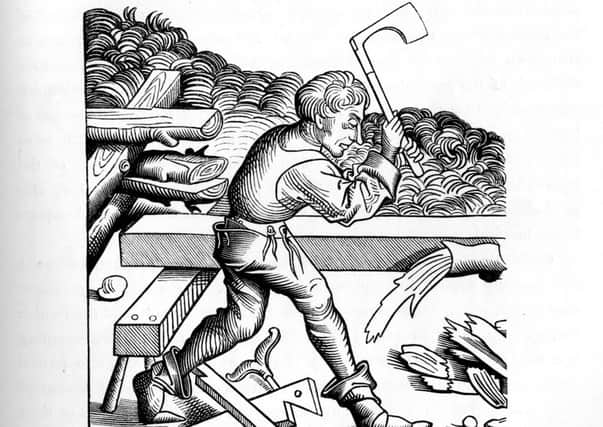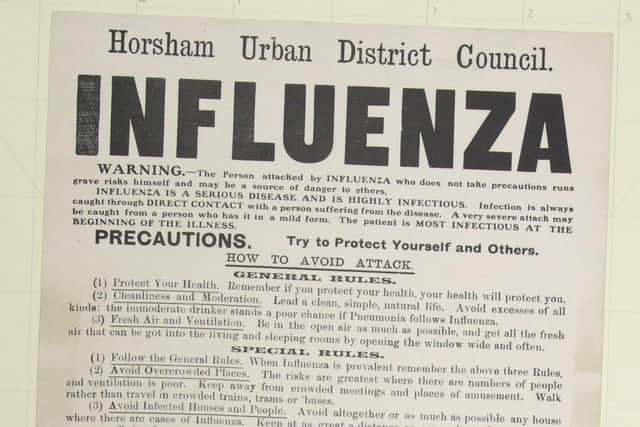A history of Horsham in plagues and pandemics


Interestingly, it was a pandemic that influenced the naming of some towns and villages in the district.
Towards the end of the Roman Empire, a plague ravaged Europe, killing somewhere between 13 and 26 per cent of the continent’s population.
Advertisement
Hide AdAdvertisement
Hide AdThe Justinianic Plague, named after the Emperor of the time, Justinian I, was transmitted by fleas found on rodents.


Some say the outbreak made Anglo-Saxon conquests of Britain easier, as the number of invasions increased in its aftermath.
When the Saxons arrived in Sussex, it was not a land full of people, but woodland and shrubbery.
The Roman names of many places disappeared. They were renamed after what was found in the natural landscape: Horsham – a place where horses breed, Storrington – a place where storks can be found, Slinfold – a pen for sheep, Cowfold – a place for penning cattle before taking them into the woodland, and Henfield – a high field.
Advertisement
Hide Ad